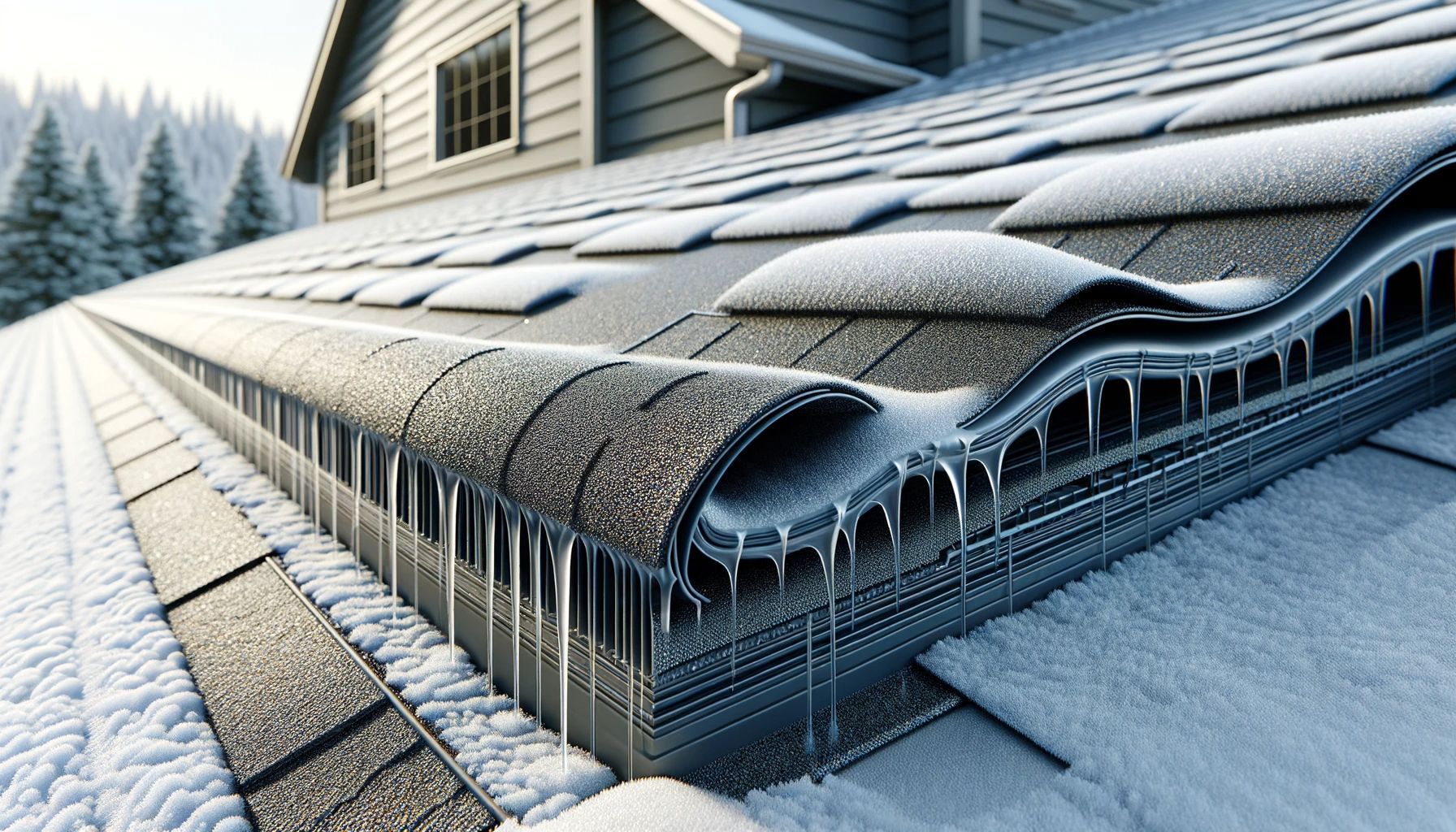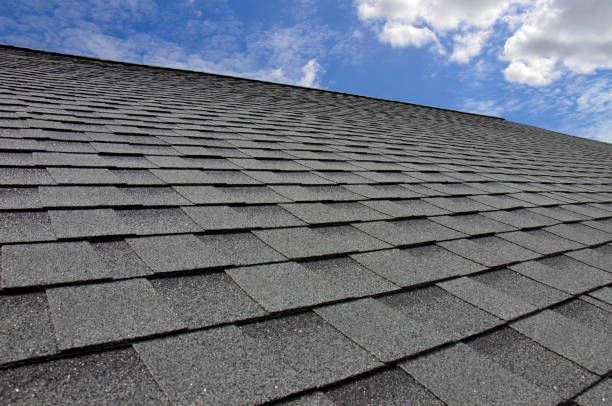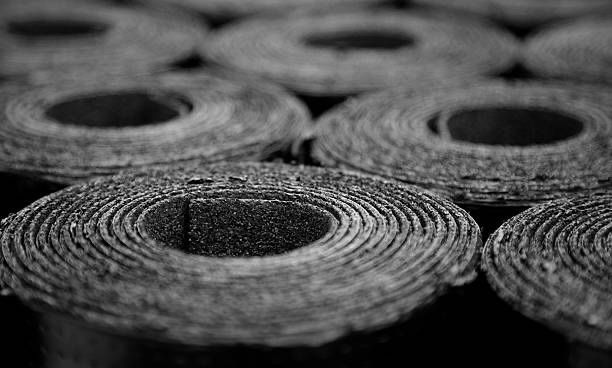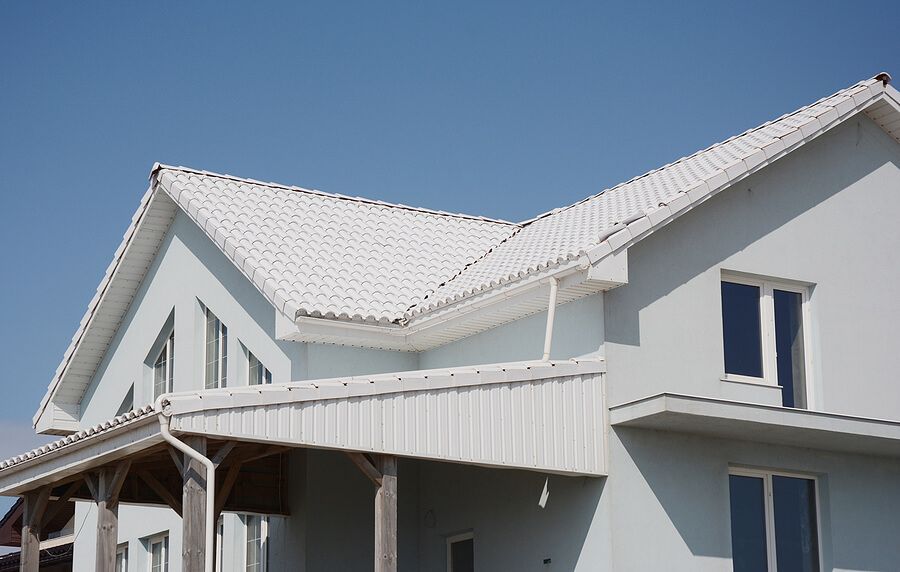How Shingles Are Made: Behind the Scenes
When you look at a roof, it’s easy to take the shingles for granted—they’re just the outer layer, right? But the process of making shingles is a fascinating blend of science, technology, and craftsmanship. At Alexander’s Roofing, we believe in providing homeowners with a comprehensive understanding of their roofing options, so let’s dive into how shingles are made and what makes them a key component of your roof.
1. Types of Shingles
Before we explore the manufacturing process, it’s important to understand the different types of shingles. The most common are:
- Asphalt Shingles: These are the most popular roofing material, known for their affordability and ease of installation.
- Wood Shingles/Shakes: Made from natural wood, these offer a classic, rustic appearance.
- Metal Shingles: These provide durability and a sleek look, often made from steel, aluminum, or copper.
- Slate Shingles: Known for their longevity and natural beauty, slate shingles are made from natural stone.
Each type has its own unique manufacturing process. Here’s a closer look at how asphalt shingles are made, as they are the most commonly used.
2. The Manufacturing Process for Asphalt Shingles
Step 1: Raw Material Preparation
The process begins with preparing the raw materials. Asphalt shingles are primarily made from a base layer of fiberglass or organic matting.
- Fiberglass Matting: A glass-fiber mat is used for its fire resistance and strength. It’s coated with a layer of asphalt and then covered with granules.
- Organic Matting: Made from recycled paper or wood fibers, organic mats are coated with asphalt for waterproofing. They are less common today due to environmental concerns and durability issues.
Step 2: Saturation
The mat is then saturated with hot, liquid asphalt. This asphalt coating makes the shingle waterproof and adds to its durability. The asphalt is typically heated to around 350°F (175°C) to achieve the desired consistency.
Step 3: Coating
Once saturated, the mat is coated with a layer of asphalt, which helps to seal the mat and enhances the shingle’s waterproof properties. The coating process involves applying the asphalt evenly to ensure consistent quality and performance.
Step 4: Adding Granules
Colored granules are added to the surface of the shingles. These granules are made from crushed stone or ceramic-coated minerals and serve several purposes:
- UV Protection: The granules protect the asphalt from ultraviolet (UV) rays, which can degrade the shingle over time.
- Aesthetic Appeal: Granules come in various colors and patterns, giving homeowners a range of options to match their style preferences.
- Additional Durability: The granules also add an extra layer of protection against physical wear and tear.
The granules are embedded into the asphalt while it’s still hot, ensuring they adhere properly.
Step 5: Cooling and Cutting
After the granules are applied, the shingles are cooled. This cooling process solidifies the asphalt and ensures the shingles are ready for use. Once cooled, the shingles are cut into their final shapes and sizes, typically into rectangular or square pieces.
Step 6: Quality Control
Quality control is a critical step in the manufacturing process. Each batch of shingles undergoes rigorous testing to ensure they meet industry standards for durability, performance, and appearance. Tests may include evaluating the shingle’s resistance to wind, water, and temperature fluctuations.
Step 7: Packaging and Distribution
Finally, the shingles are packaged and prepared for distribution. They are often bundled in stacks and wrapped in protective materials to prevent damage during transport. The shingles are then shipped to distributors and retailers, ready to be installed on homes.
3. Key Factors in Shingle Quality
Several factors can impact the quality and longevity of asphalt shingles:
- Material Quality: The type of asphalt and granules used can affect the shingle’s durability and performance.
- Manufacturing Precision: Consistency in the manufacturing process ensures that shingles perform well and last as long as expected.
- Installation: Proper installation is crucial for ensuring the shingles perform as intended and provide the best protection for your roof.
Conclusion
Understanding how shingles are made provides insight into the quality and durability of your roofing materials. From the initial raw materials to the final quality checks, every step in the manufacturing process plays a role in ensuring that your shingles perform well and look great.
At Alexander’s Roofing, we’re committed to helping you choose the right shingles for your home and ensuring they’re installed correctly. If you have any questions about roofing materials or need assistance with your roofing project, feel free to reach out to us. We’re here to provide expert advice and quality service to keep your home protected.





















